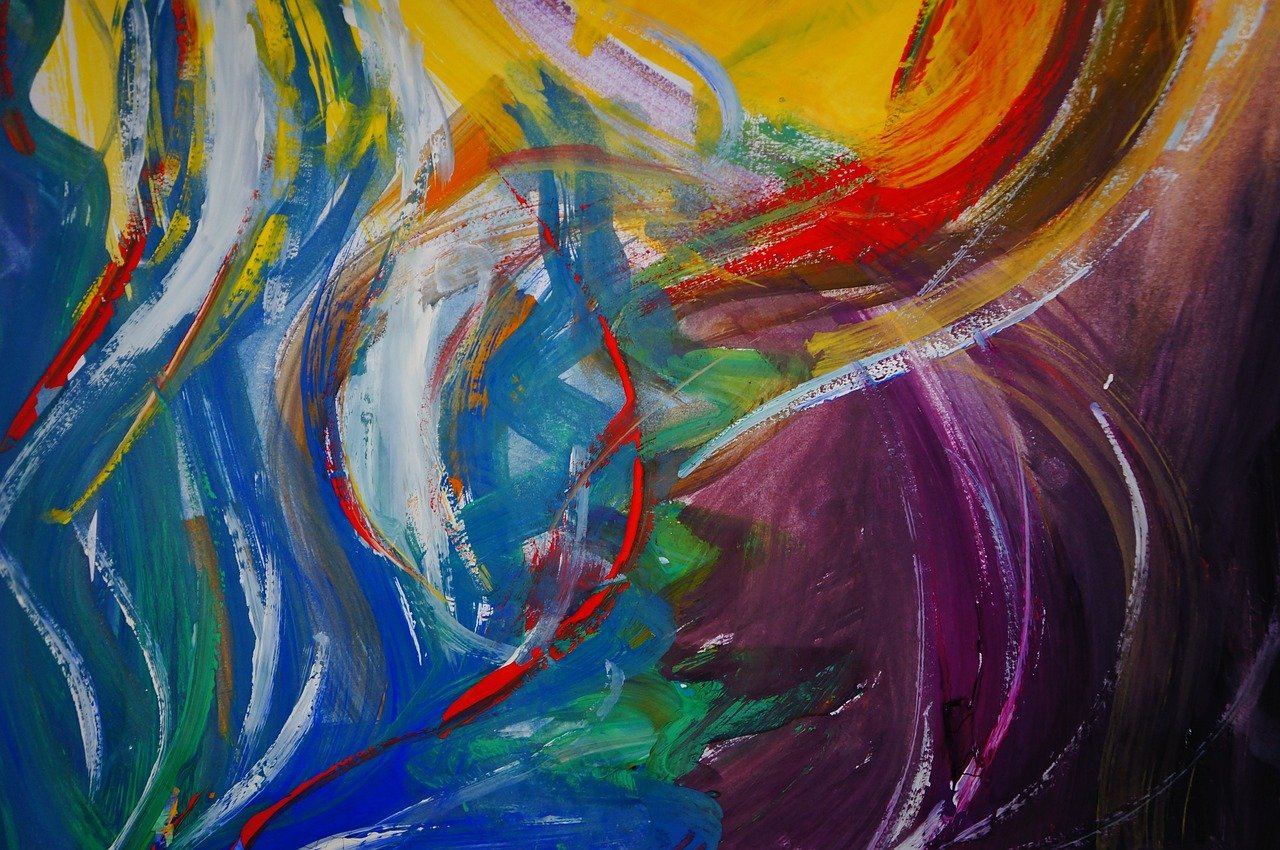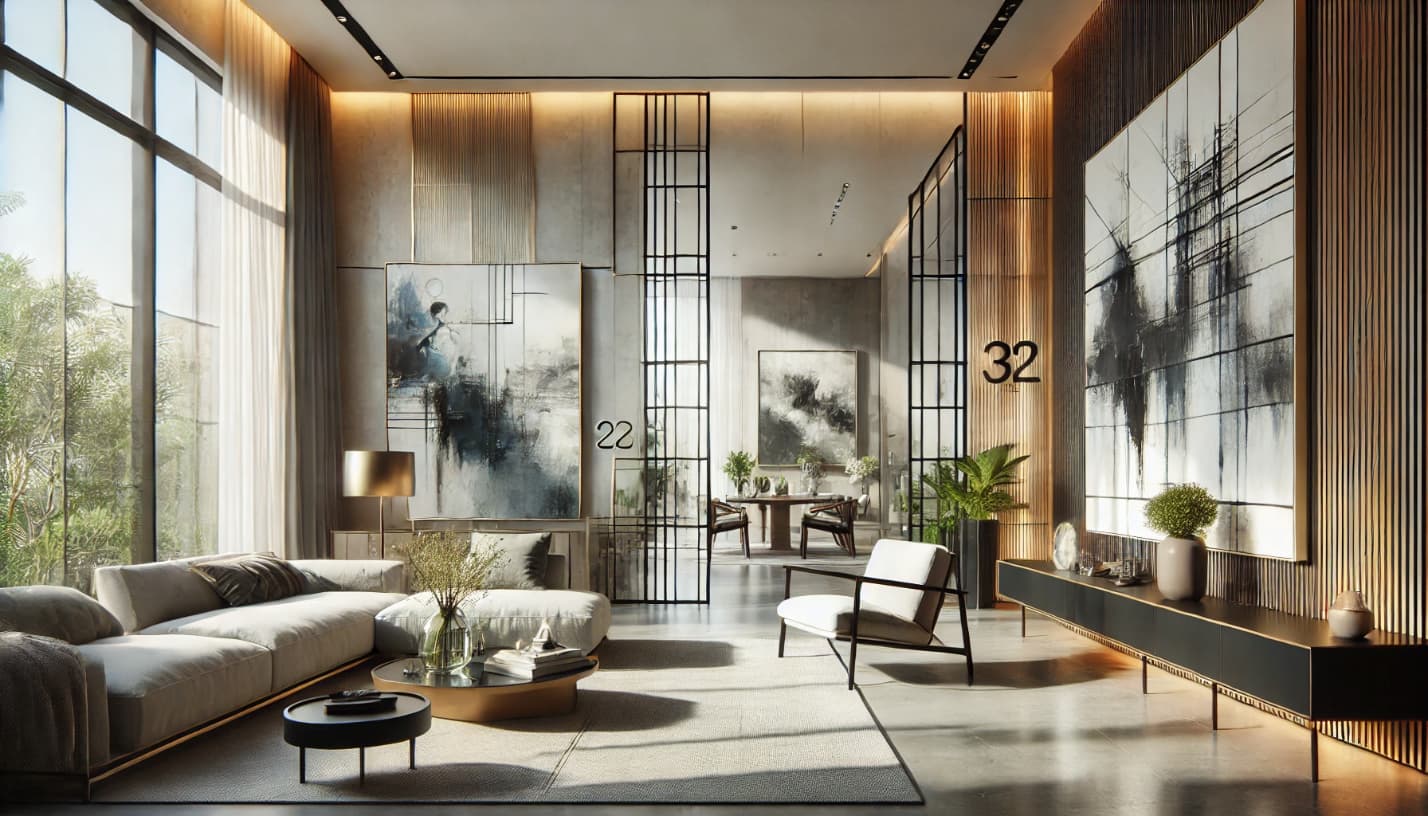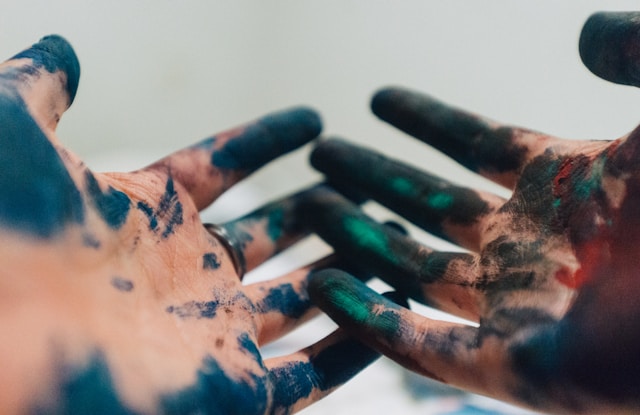The Beginning of Non-Figurative Art
2021-01-05 | Art | No Comments

In the 1920s Kathleen Mann and Bertram Brooker independently experimented with abstract or non-figurative art in Canada. Both artists saw abstract art as a way to explore symbolism and mysticism as an integral part of their personal spirituality. As the Group of Seven was expanded into a Canadian group of artists in the 1930s, Lawren Harris left the group’s focus on depicting the Canadian landscape and experimented with abstract forms in an effort to represent broad conceptual themes. These individual artists indirectly influenced the next generation of artists who then formed abstract art groups. World War II, changing the definition of art in Canadian society and prompting young artists to explore abstract themes.
Contemporaries of the Seven
Founded in 1938 in Montreal, Quebec, the Eastern Group of Artists included artists from Montreal whose common interests were painting and art for art’s sake aesthetic rather than support for nationalist theory, as in the case of the Group of Seven or the Canadian Group of Artists. The group included Alexander Berkowitz, Goodridge Roberts, Eric Goldberg, Jack Weldon Humphrey, John Goodwin Lyman, and Jory Smith.
By the late 1930s many Canadian artists began to resent the quasi-national institution of the Group of Seven became. As a result of the growing rejection of the view that the efforts of a group of artists, mainly Ontario artists, constituted a national vision or creativity, many artists-especially in Quebec-began to feel ignored and undermined. An Eastern group of artists formed to counter this notion and restore diversity of purpose, method and geography to Canadian art.
Regionalism of the 1930s
Since the 1930s, Canadian artists have developed a wide range of very individual styles. Emily Carr became famous for her paintings of totem poles, native villages and the forests of British Columbia. Other famous artists included landscape painter. David Milne and prairie painter William Kurelek. In Quebec, John Goodwin Lyman founded the Contemporary Art Society in 1939, promoting Post-Impressionist and Fauvist art. Paul-Emile Borduas and Jean-Paul Riopel led a modernist collective known as Les Automatistes, which began holding exhibitions as early as 1941. However, their artistic influence was not immediately felt in English Canada, and beyond. Montreal.


